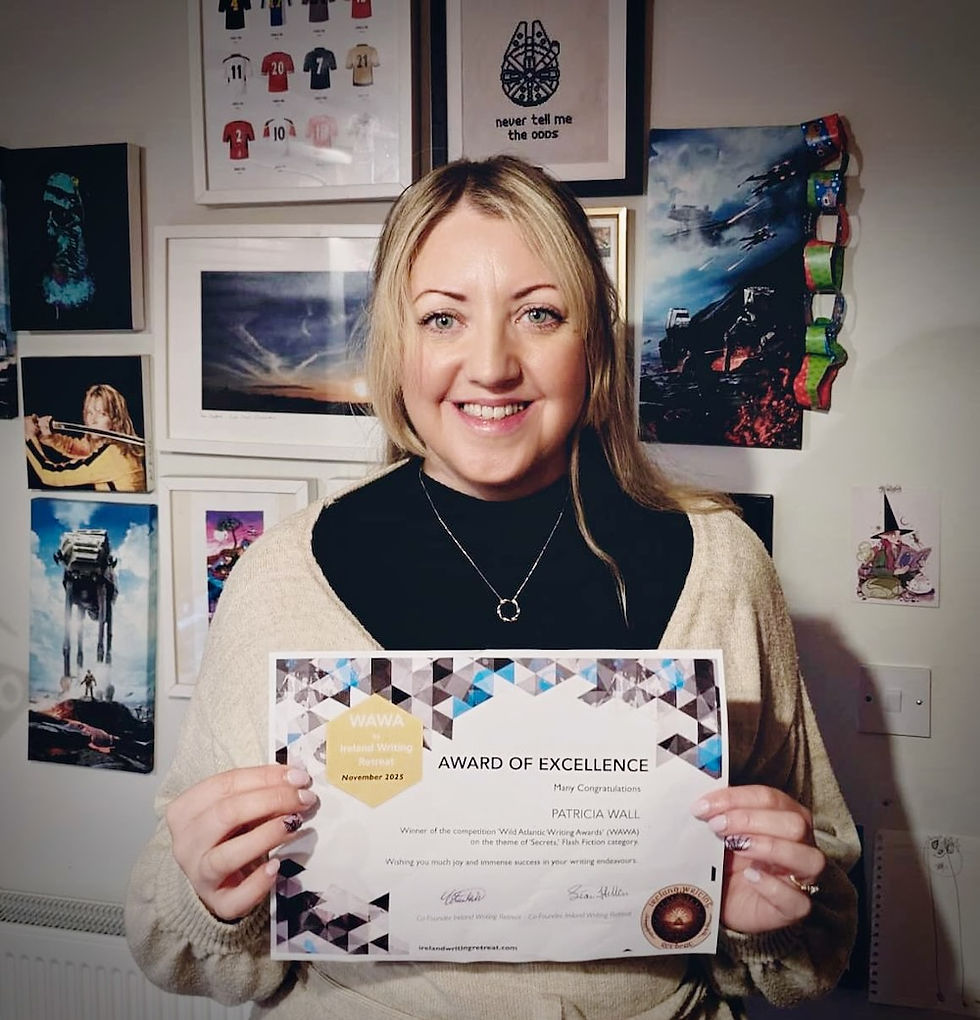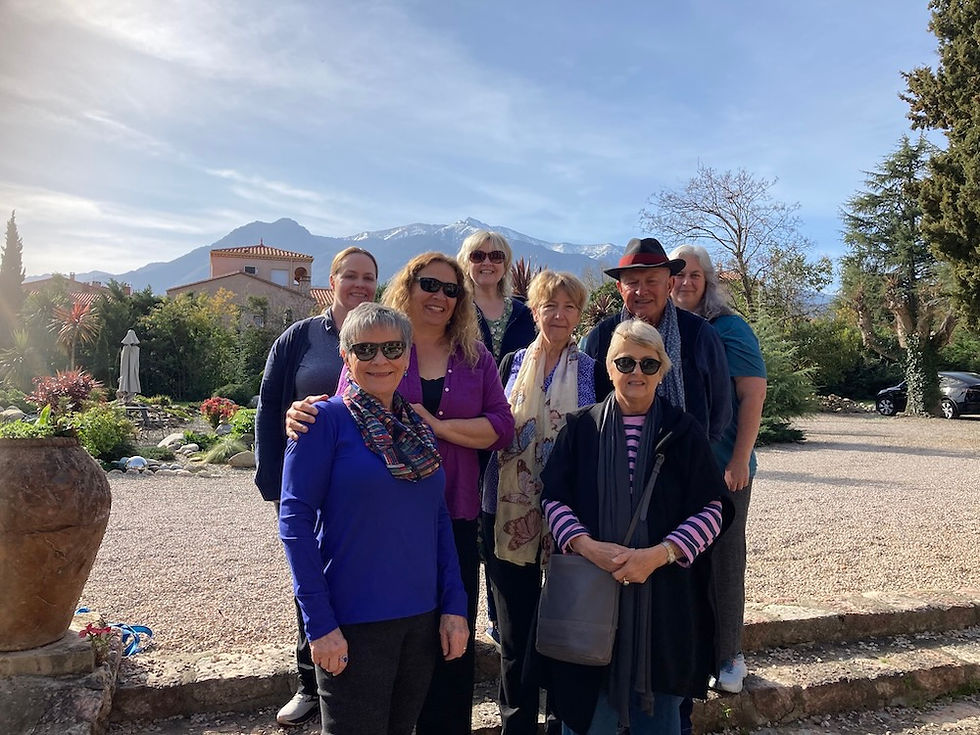Former CNN editor offers tips on incorporating Nature in writing
- columbiahillen

- Nov 22, 2020
- 3 min read
After decades in print and broadcast media as both journalist and editor to being an author and writing coach, John DeDakis has accumulated a mountain of invaluable experience and thankfully is open to sharing some of the lessons he has mastered.
This particular lesson (see his essay and his ‘two-minute writing tidbit video’ below) links closely to the second edition of our Wild Atlantic Writing Awards (WAWA), focusing on the use of Nature in creative writing, a key element of our flash fiction and nonfiction categories, with a deadline of December 10 and 1,000 euro in prize money.
A former senior copy editor on CNN’s ‘The Situation Room with Wolf Blitzer,’ John DeDakis has also written five novels – namely, Fast Track, Bluff, Troubled Water, Bullet in the Chamber and Fake, with a woman, Lark Chadwick, as the lead character.
John, who was a tutor at ‘Ireland Writing Retreat,’ is also a writing workshop leader at The Writer's Center in Bethesda, Maryland and the Politics & Prose Bookstore, in Washington D.C.
He also hosts an interesting set of online interviews entitled – ‘One-to-One with John DeDakis.’
Evoking a sense of place
By John DeDakis
Nature need not only be about trees and flowers and babbling brooks. Nature can also be the essence of a place. And place, if evoked effectively, can be yet another character in your story.
Here are some suggestions on how you can evoke a sense of place in your writing:
MEMORY: Most of my novels are set in places where I no longer live. For some spooky reason, I find myself ruminating (and writing) about locations long after I’ve moved away. So, the memories that reside in your subconscious might be the first place to go when it comes time to creating your story.

SENSORY DETAILS: As you immerse yourself in your mind’s memories of places where you’ve lived or been, do your best to capture as many sensory details as possible: sight, sound, touch, taste, smell -- and even a sixth sense: how those details make you feel.
VOCABULARY: Words are the writer’s tools. Choosing the right tools to describe your setting separates the professional writer from the amateur. I’m writing this on a windy day in Baltimore, Maryland. What’s the best word I can use to show the effect the wind is having on a tree in my backyard? Let’s try to fill in the blank: “A gust of wind caused the boughs of the fir tree to_______________ [undulate? wave? sway?].”

GO THERE: There are limits to memory and imagination, however, so there’s no substitute for actually going to a place and soaking up the atmosphere. Parts of my second novel, Bluff, are set along the Inca Trail to Machu Picchu in Peru. As I was working on the eighth draft, I Googled images of the Inca Trail. But as I was studying them, I realized I needed to experience the place in person to better capture its essence. As I was hiking the trail, I came across what my mind’s eye had already envisioned as the murder scene: a rocky, mountainous path above the clouds where one wrong step can result in a precipitous and deadly thousand-foot drop. When I saw the scene, I took the picture. My publisher used it for the cover.
POETIC LICENSE: The cool thing about being a writer is you get to make things up (unlike in journalism where falsifying the facts is a firing offense). Even though all my novels are inspired, in part, by real places, I’ve often had to create fake names for them. That’s because sometimes the plot necessitates changing the topography. For example, the climactic scene in my third novel, Troubled Water, takes place in the ruins of an old mill along the rushing waters of the Chattahoochee River in Columbus, Georgia. But, in order to make the setting more ominous than it really is, I changed the name of the city from Columbus to Columbia. That freed me so that I could take the inspiration of a real place and transform it into something new.








Comments